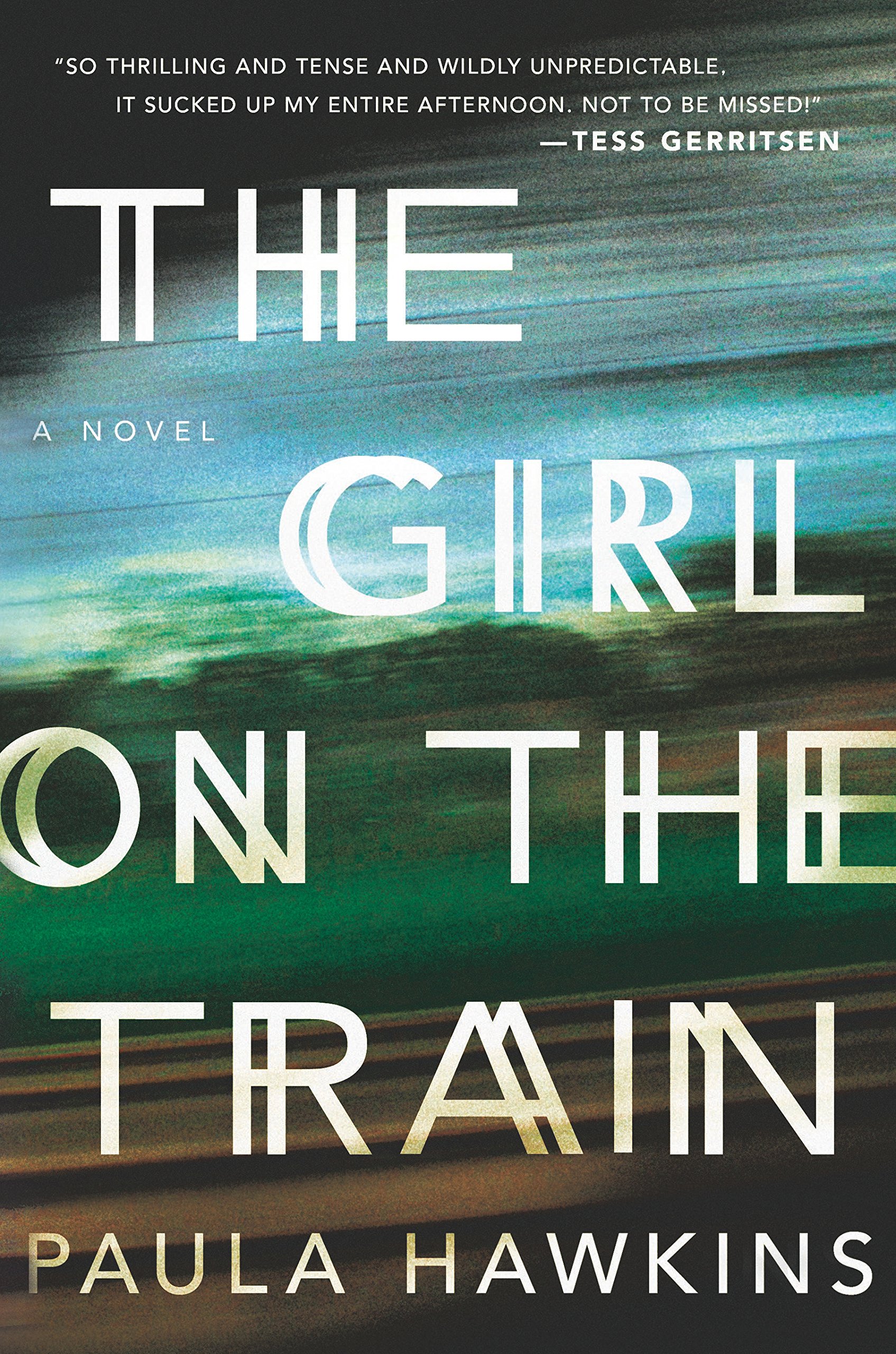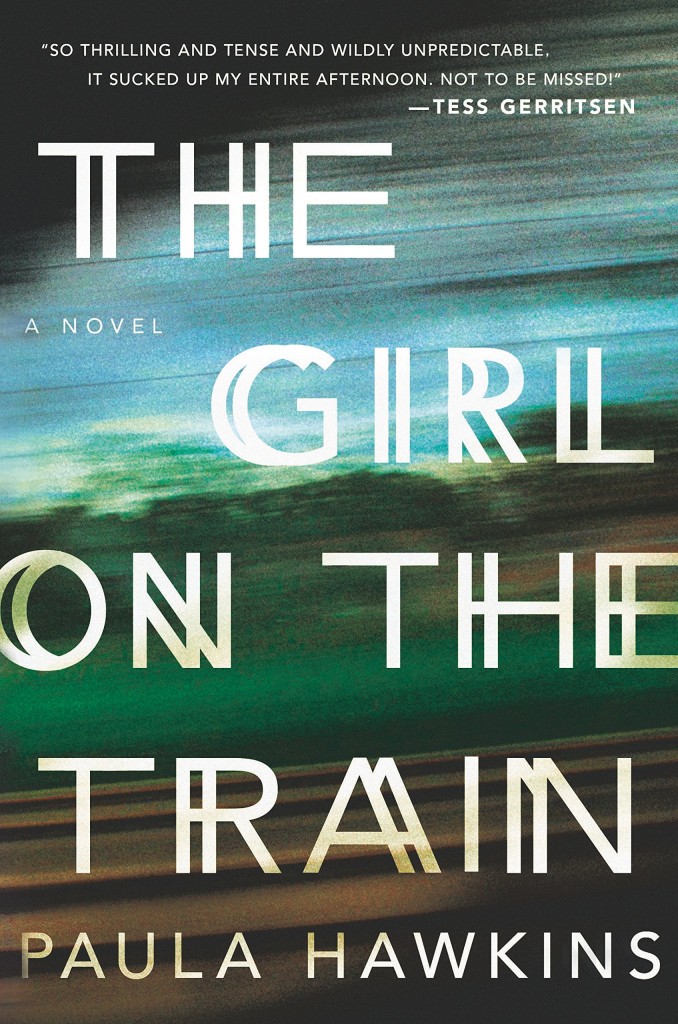The Girl on the Train, a psychological thriller from British author Paula Hawkins, is told from a diary perspective. It traces the stories of Rachel and Megan, two average young women who are settled in their jobs but find themselves in the sort of ho-hum rut that we often see characters in at the start of a horror film. The story’s formula goes something like this: characters are living moderately successful but boring lives (Rachel being a broken-hearted alcoholic, Megan quitting her job and beginning therapy) while silently wishing for more; a terrible crime happens; the reader gets to say “I told you so” when characters are killed off; the writer has an easy way of making their story have a simple yet profound resolution.
The diary entry format enables the author to have more than one first-person narrative; however, as a murder mystery / thriller, I expected this novel to take on a limited-omniscient view, or switch between first-person narratives from chapter to chapter. Instead, The Girl on the Train uses dates and times in a diary-like format, which lends itself well to the character’s perspective, such as when Rachel is speculating about her neighbours or explaining her desolate love life. However, I felt that many parts of the writing would include such phrases as, “So, I’m going to see a therapist! Which could be weird, but it could be a laugh too,” or “This isn’t a good idea. I know it’s not a good idea,” and I felt that they didn’t add much to the story. If they were supposed to make the characters more relatable, it didn’t have that effect on me, and to be honest, I found their opinions to be a little petty and irritating.
The imagery is precise and evocative; for example, in the second diary entry Rachel writes, “I just want to lean back in the soft, sagging velour seat, feel the warmth of the sunshine streaming through the window.” However, these images aren’t necessarily ground-breaking. I felt myself skimming over the borderline cliché phrases to get to the action; this book did not invite me to read slowly and digest every word.
But with its many paragraphs of detail about the Victorian architecture of English houses and how so-and-so feels about her ex, it certainly tried. I specifically remember skipping a page or two of Rachel’s drunken episodes, and that didn’t take away from my understanding or enjoyment of the story. Consequently, I didn’t become truly attached to the characters until a third of the way through the book.
Unfortunately, the book does become a bit too obvious in the way that it reveals the culprit. No spoilers, but for those who read the book: you will know it when you see it.
The book does bring a refreshing taste to thrillers, but I don’t think this particular way of storytelling was best told in the novel format. With the switching to and from diary entries, as well as the heavy but mostly insignificant imagery, the book presents the reader, a film adaptation of this plot might be a more effective way of evoking suspense.



